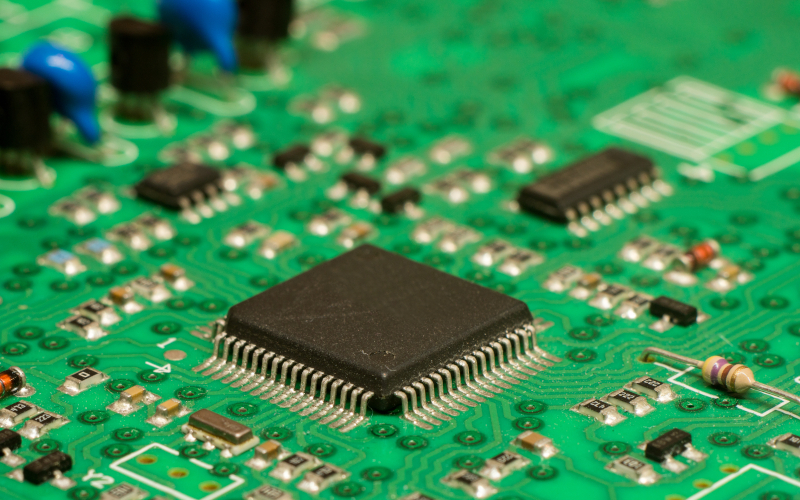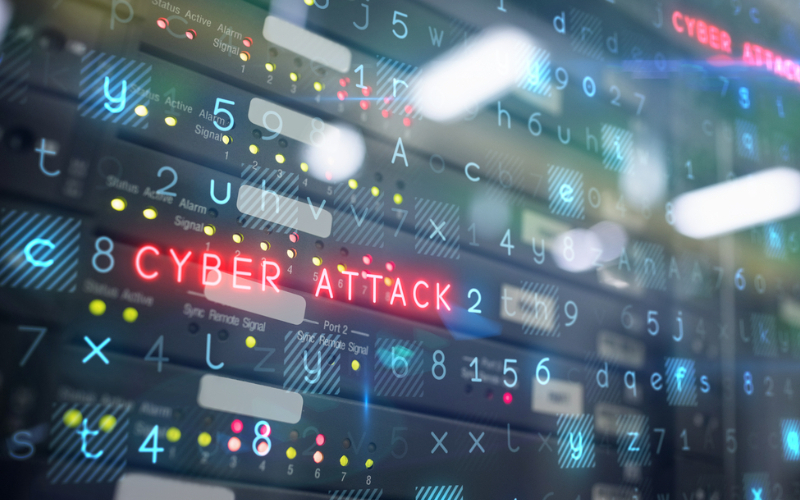
The physical protection of ports at hardware level within embedded systems allows control of the physical access interfaces, but what happens when these interfaces are necessary? Sometimes, access via JTAG or UART to systems is required for maintenance or modifications in different industrial processes. Thanks to these accesses, suppliers can access memory addresses to read or write, modify firmware, etc. Given the importance of these tasks, it is necessary to incorporate cybersecurity into the process and it is precisely on these measures that the subject of this article will focus.
Protection against fault injections, encryption of some memory sections within microcontrollers, or simple write protection are some of the defences that can be implemented to avoid problems within an industrial infrastructure

A growing number of industrial companies are adopting vulnerability management on their devices and systems, in order to perform this management in a correct and efficient way, the first step is to create an asset inventory or update it. Some companies are looking for vulnerability management services to stay on top of the latest cybersecurity issues affecting their assets. In addition, we are also noticing an increase in the availability of tools and their implementation for vulnerability management.

The proliferation of cybersecurity incidents in industrial environments has given rise to a huge concern in the various existing sectors. Some of them, such us the energy sector, are choosing the path taking in the banking sector with the TIBER-EU framework. In addition, many governments are allocating large sums of money to their government agencies to develop strategic plans in which that exercises are included

Confrontations between countries no longer only take place in the physical world, in this new decade, these confrontations also move to the cyber world. The conflict between Russia and Ukraine is one of the clearest examples. Among the events that have taken place is the security incident known as Industroyer2, which affected an electrical supplier in Ukraine. The Industroyer2 is the evolution of its predecessor, the malware known as Industroyer, which was able to affect multiple protocols of industrial control systems during its execution. This new variant of the malware focuses on a particular communications protocol, IEC-104, which is widely used in Europe and the Middle East to monitor and control the power system via the TCP/IP communications protocol.

The increase in industrial control systems and the shortcomings of those systems in cybersecurity measures have made such systems a preferred target of attacks. The number of tools designed to pose a threat to the OT sector has increased, and the use of the Incontroller tool is especially concerning.

Weaknesses in TCP protocol implementation in middleboxes could provide a means to carry out distributed reflection denial-of-service (DrDoS) attacks against any target.

Software Defined Radio (SDR) is the result of the technological evolution of conventional analogue radio. Its characteristics and operational capability make it a versatile device with both positive and negative applications within the field of cybersecurity.

A BusyBox is software or a program that combines several functionalities in a small executable. This small tool was created for use in integrated operating systems with very limited resources, and they are usually used in control systems. But, as in all tools, you have to know what security level they have and if it can be improved.

Today, we are unable to picture cars without a hands-free system, TVs which are not smart and a bunch of other devices without information processing systems. This can be achieved thanks to embedded systems, the use of which entails security risks.


